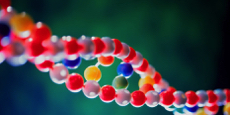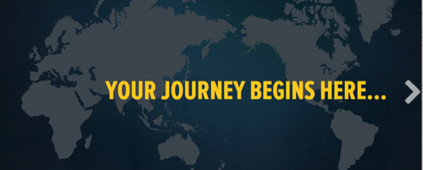INTRODUCTION TO OUR STORY
Taken From DNA Testing by “The Genographic Project”
of Brashears, Curtis, Vaughn & Fuqua Relatives
Our chapter of the human story is ready to be told. The results of our Genographic Project tests reveal information about our distant ancestors, including how and when they moved out of Africa and the various populations they interacted with over thousands of years of migration. How do we do this? By tracking markers—random, naturally occurring, changes in our DNA. The mutations act as a beacon and can be mapped over thousands of years (on the Y-chromosome for paternal lines and mitochondrial DNA for maternal lines). When geneticists identify such a marker, they try to figure out when it first occurred, and in which geographic region of the world. In the report below, you will see the group with which we share genetic markers on our paternal and/or maternal sides. This is called your “haplogroup,” and is expressed in numbers and letters.
H1e1a
The common direct maternal ancestor to all women alive today was born in East Africa about 180,000 years ago. Though not the only woman alive at the time, hers is the only line to survive into current generations.
From East Africa, groups containing this lineage spread across Africa. Between 60 and 70 thousand years ago, some groups moved from Africa to Asia. Your line traces to one of these groups.
Your ancestors first settled West Asia. From there, they expanded toward the Levant region and toward Europe. Some lines traveled to South Asia.We will now take you back through the stories of your distant ancestors and show how the movements of their descendants gave rise to your lineage.
R-Z2
The common direct paternal ancestor of all men alive today was born in Africa around 140,000 years ago. He was neither the first human male nor the only male alive in his time. He was the only male whose direct lineage is present in current generations. Most men, including your direct paternal ancestors, trace their ancestry to one of this man’s descendants.
Your branch of this lineage took part in out-of-Africa migrations. Your ancestors traveled to West Asia where they lived by hunting wildlife and gathering wild fruits and berries. Over time, groups containing this branch spread west toward Europe and east to Central Asia, then south into the Levant region.
We will now take you back through the stories of your distant ancestors and show how the movements of their descendants gave rise to your lineage.
Each segment on the map above represents the migratory path of successive groups that eventually coalesced to form your branch of the tree. We start with the marker for your oldest ancestor, and walk forward to more recent times, showing at each step the line of your ancestors who lived up to that point.
What is a marker? Each of us carries DNA that is a combination of genes passed from both our mother and father, giving us traits that range from eye color and height to athleticism and disease susceptibility. As part of this process, the Y-chromosome is passed directly from father to son, unchanged, from generation to generation down a purely male line. Mitochondrial DNA, on the other hand, is passed from mothers to their children, but only their daughters pass it on to the next generation. It traces a purely maternal line.
The DNA is passed on unchanged, unless a mutation—a random, naturally occurring, usually harmless change—occurs. The mutation, known as a marker, acts as a beacon; it can be mapped through generations because it will be passed down for thousands of years.
When geneticists identify such a marker, they try to figure out when it first occurred, and in which geographic region of the world. Each marker is essentially the beginning of a new lineage on the family tree of the human race. Tracking the lineages provides a picture of how small tribes of modern humans in Africa tens of thousands of years ago diversified and spread to populate the world.
By looking at the markers you carry, we can trace your lineage, ancestor by ancestor, to reveal the path they traveled as they moved out of Africa. Our story begins with your earliest ancestor. Who were they, where did they live, and what is their story?


